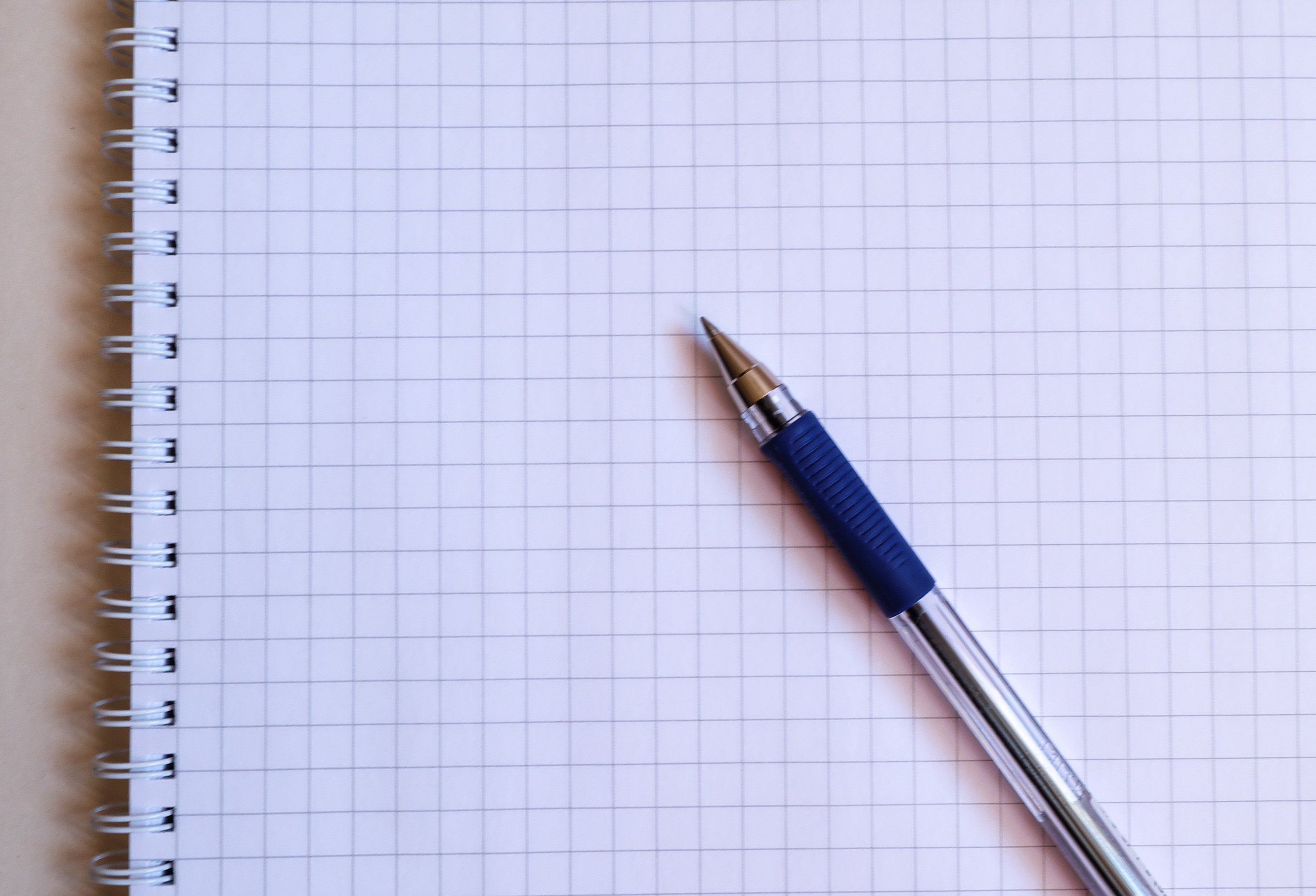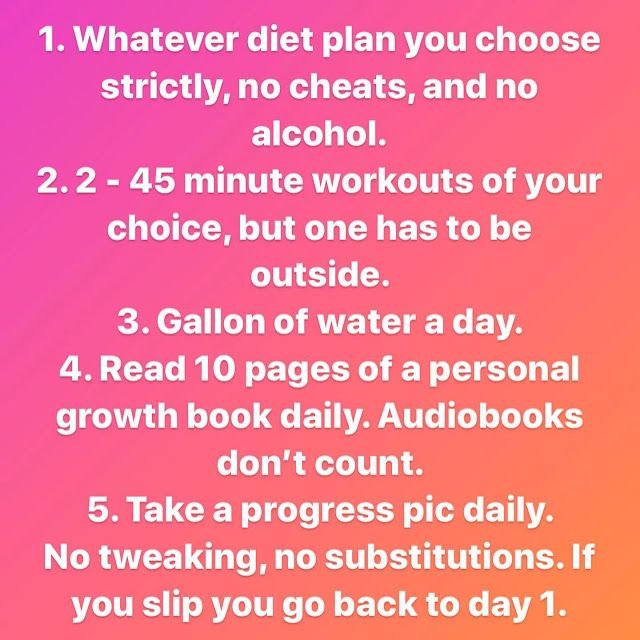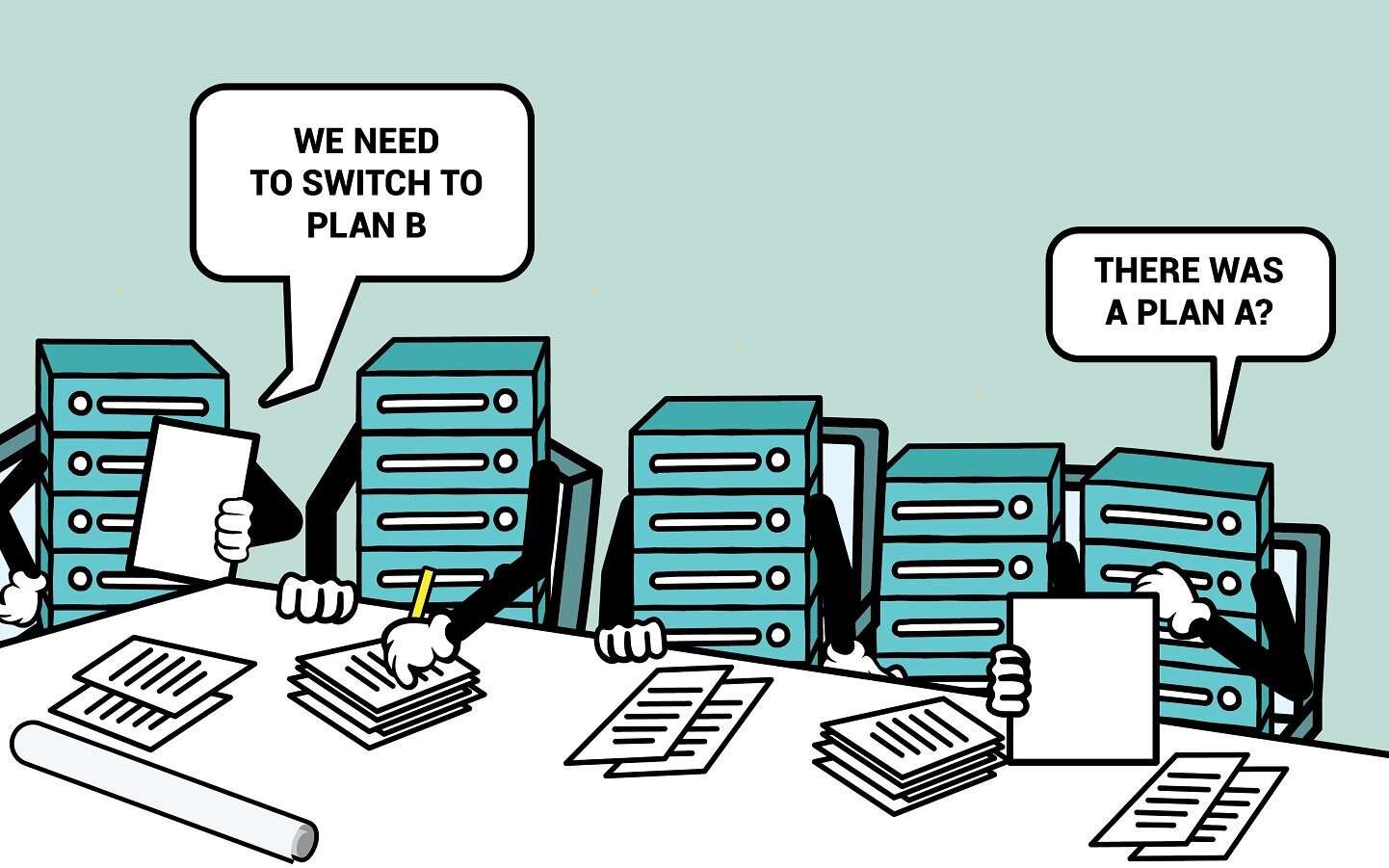A new study was recently published by the American College of Sports Medicine that shows that exercise is THE MOST IMPORTANT MEDICINE to fight covid-19 infection.
The authors even go so far to say that, “ The evidence presented in the review suggests that exercise should be considered a first-line strategy in the prevention and treatment of COVID-19 infection and long COVID disease.” What an amazing endorsement!
Link to the study: https://pubmed.ncbi.nlm.nih.gov/37549214/
This is amazing news since anyone, anywhere can exercise (to some capacity) and therefore combat this virus!
Exercise combats covid in a myriad of ways:
Exercise reduces the severity of upper respiratory tract infections.
Exercise reduces odds of contracting COVID, being hospitalized, being in the ICU, and risk of death.
Exercise reduces inflammation.
Autophagy and mitophagy occur with every exercise session, optimizing energy production. (Autophagy is cellular regeneration)
Exercise prevents the accumulation of exhausted T cells.
Exercise releases myokines that help the thymus gland release T cells.
T cells and B cells are mobilized in the blood by increased catecholamines during exercise, and likely cold exposure.
Natural killer cells and viral specific T cells occur with each exercise session.
Aerobic exercise mobilizes T lymphocytes, T cells, and effector cells.
Exercise exerts anti-inflammatory effects within the heart.
Stem cells from muscle are released during intense exercise.
Your frontline mucosal defense is impacted by exercise. (mucus production to prevent and/or remove virus load in nasal passage)
Myokines from exercise increase BDNF. (nu-tropic factor, promotes thinking clearly. Anti-brain fog)
Here is a full video breakdown of the above points: https://www.youtube.com/watch?v=mc_Wf3YRHz4
So as we go into Autumn (and therefore the cold and flu season) please recognize the importance of exercise and make it a priority in your life and in the lives of your loved ones. This is truly low hanging fruit. Lets take advantage of this blessing and get our bodies moving!
























